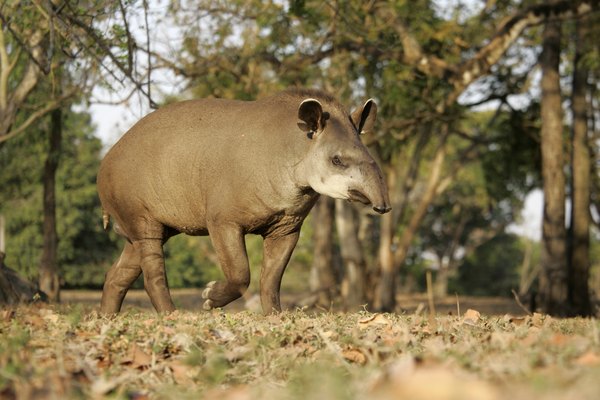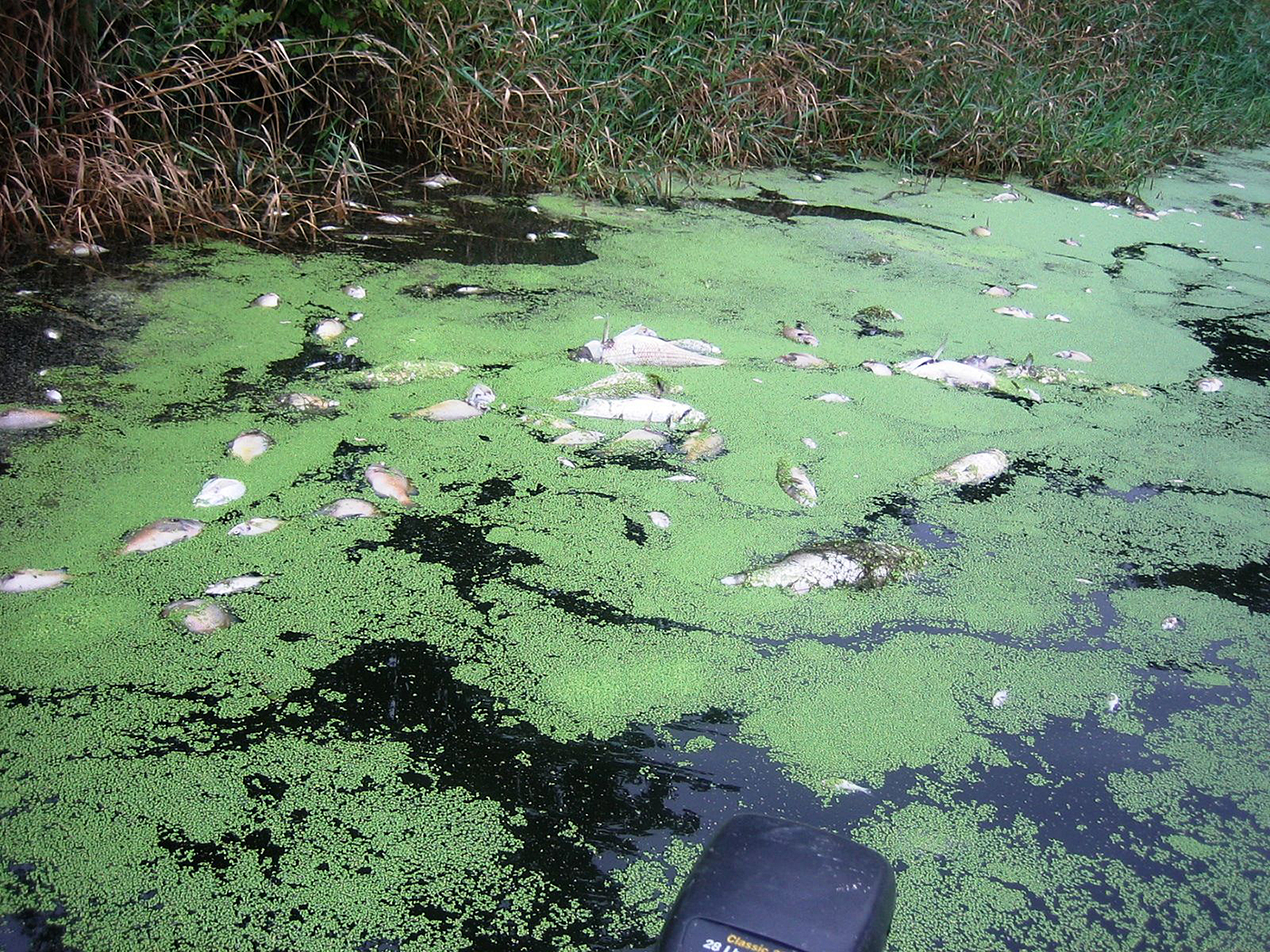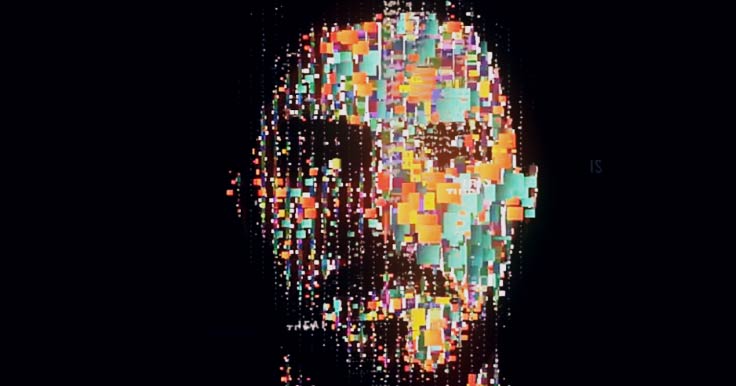Your How does climate change affect animals images are ready. How does climate change affect animals are a topic that is being searched for and liked by netizens today. You can Get the How does climate change affect animals files here. Find and Download all royalty-free vectors.
If you’re searching for how does climate change affect animals images information related to the how does climate change affect animals topic, you have visit the right site. Our website always gives you suggestions for viewing the highest quality video and picture content, please kindly hunt and locate more informative video articles and graphics that match your interests.
How Does Climate Change Affect Animals. Climate change has a significant direct effect on terrestrial animals, by being a major driver of the processes of speciation and extinction. Animals have a strong response to all forms of environmental change, but climate change engendered the greatest change in animal behavior, says postdoctoral researcher petri niemelä from the. The changing climate with its more extreme weather is already affecting many plant and animal species and disrupting ecosystem functioning. The effects of climate change are being felt by biodiversity in every region on earth, as is evident through the disruption of animal seasonal migrations, feeding and breeding events, alterations of habitat ranges, decreases in ecosystem functionality, interruptions of food chains, and increases in the incidence of animal parasites and diseases.
 How Climate Change Affects Animals Greentumble From greentumble.com
How Climate Change Affects Animals Greentumble From greentumble.com
Increased risk of heat and cold stress) and indirectly (e.g. Climate change has a significant direct effect on terrestrial animals, by being a major driver of the processes of speciation and extinction. Depending on a species responses to the warming, especially their ability to migrate to new sites, habitat change in many ecoregions has the potential to result in catastrophic species loss. Some biologists estimate that 35% of animals and plants could become extinct in the wild by 2050 due to global climate change. Given this, understanding the responses of species to modern climate change is one of the most pressing issues facing biologists today. More frequent and intense drought, storms, heat waves, rising sea levels, melting glaciers and warming oceans can directly harm animals, destroy the places they live, and wreak havoc on people’s livelihoods and communities.
More frequent and intense drought, storms, heat waves, rising sea levels, melting glaciers and warming oceans can directly harm animals, destroy the places they live, and wreak havoc on people’s livelihoods and communities.
Increased risk of heat and cold stress) and indirectly (e.g. Increased risk of heat and cold stress) and indirectly (e.g. Climate change has a significant direct effect on terrestrial animals, by being a major driver of the processes of speciation and extinction. Change.5 while there has been much work on the effect of climate change on biological systems in general,6 few studies have attempted to gather that information and apply it to how climate change will affect migrations. Depending on a species responses to the warming, especially their ability to migrate to new sites, habitat change in many ecoregions has the potential to result in catastrophic species loss. Some biologists estimate that 35% of animals and plants could become extinct in the wild by 2050 due to global climate change.
 Source: youtube.com
Source: youtube.com
Humans and wild animals face new challenges for survival because of climate change. Let’s pick out a few examples: Climate change is predicted to have many varied impacts on. Climate change has a significant direct effect on terrestrial animals, by being a major driver of the processes of speciation and extinction. As the climate changes, animals may be forced to move out of the habitats they�re accustomed to — like human refugees.
 Source: healthyliving.azcentral.com
Source: healthyliving.azcentral.com
Increased risk of heat and cold stress) and indirectly (e.g. More frequent and intense drought, storms, heat waves, rising sea levels, melting glaciers and warming oceans can directly harm animals, destroy the places they live, and wreak havoc on people’s livelihoods and communities. In this blog i will talk about the affects on birds and salmon specifically. Humans and wild animals face new challenges for survival because of climate change. Animals use predictable environmental cues for the timing and navigation of migration.
 Source: factsaboutdeforestation.weebly.com
Source: factsaboutdeforestation.weebly.com
Some biologists estimate that 35% of animals and plants could become extinct in the wild by 2050 due to global climate change. Climate change is an especially pernicious threat, as it may be difficult to protect species from its effects, even within reserves [8,9]. It is their habitat and they are specifically adapted to hunting and breeding on and around it. Biologists are becoming more and more concerned that global climate change will drastically reduce biodiversity. More frequent and intense drought, storms, heat waves, rising sea levels, melting glaciers and warming oceans can directly harm animals, destroy the places they live, and wreak havoc on people’s livelihoods and communities.
 Source: greentumble.com
Source: greentumble.com
Fast facts about climate change and species global warming has the potential to cause extinctions in a majority of the world�s especially valuable ecosystems. Climate change can have a negative effect on animal health and welfare directly (e.g. More frequent and intense drought, storms, heat waves, rising sea levels, melting glaciers and warming oceans can directly harm animals, destroy the places they live, and wreak havoc on people’s livelihoods and communities. Climate change is an especially pernicious threat, as it may be difficult to protect species from its effects, even within reserves [8,9]. The changing climate with its more extreme weather is already affecting many plant and animal species and disrupting ecosystem functioning.
 Source: purdue.edu
Source: purdue.edu
Glaciers have shrunk, ice on rivers and lakes is breaking up earlier, plant and animal ranges have shifted and trees are flowering sooner. Change.5 while there has been much work on the effect of climate change on biological systems in general,6 few studies have attempted to gather that information and apply it to how climate change will affect migrations. Increased risk of heat and cold stress) and indirectly (e.g. Climate change is an especially pernicious threat, as it may be difficult to protect species from its effects, even within reserves [8,9]. For animals in the arctic, life is a balancing act.
This site is an open community for users to submit their favorite wallpapers on the internet, all images or pictures in this website are for personal wallpaper use only, it is stricly prohibited to use this wallpaper for commercial purposes, if you are the author and find this image is shared without your permission, please kindly raise a DMCA report to Us.
If you find this site serviceableness, please support us by sharing this posts to your favorite social media accounts like Facebook, Instagram and so on or you can also bookmark this blog page with the title how does climate change affect animals by using Ctrl + D for devices a laptop with a Windows operating system or Command + D for laptops with an Apple operating system. If you use a smartphone, you can also use the drawer menu of the browser you are using. Whether it’s a Windows, Mac, iOS or Android operating system, you will still be able to bookmark this website.





